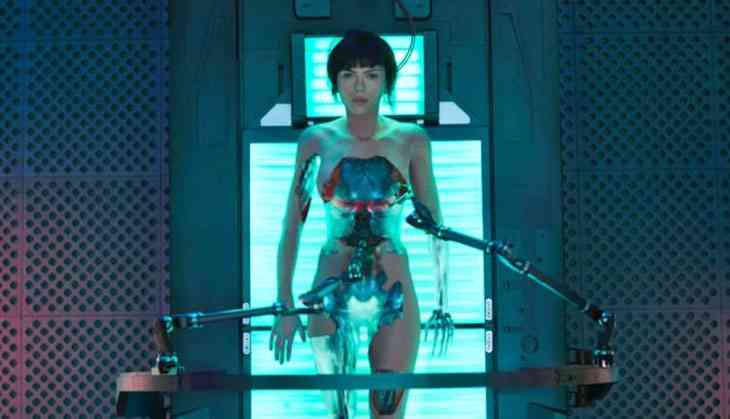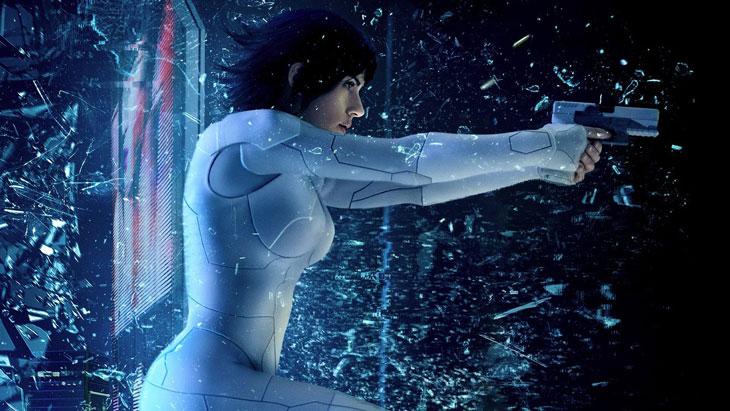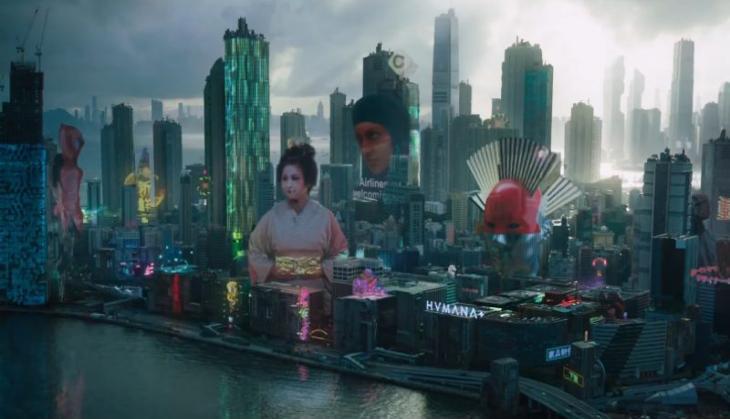
When Ghost in the Shell released in 1996, it changed the future of movies forever. Not only did it quickly become one of the most iconic anime movies of all time, but it went on to inspire movies as wide-ranging as The Matrix series, and even Avatar.
With that sort of influence, and a huge cult following, the 2017 reboot of the movie was always facing an uphill battle. Dogged with allegations of white washing the Japanese franchise, it seemed even more likely to fail. The end result, however, is surprisingly good, and Ghost in the Shell manages this by differentiating itself from the original, while still borrowing heavily from it.
White washing done well
Ghost in the Shell is set in the not-too-distant future, where technology has advanced to the point where humans can 'evolve' themselves with bionic enhancements. In this world of tech-enhanced humans, our protagonist Mira Killian (Scarlett Johansson) is the next stage of this tech-assisted evolution – a real human brain that's been placed inside a completely robotic body. A ghost in a shell.
Extraordinarily strong, fast, and reconstructable, Killian is recruited by the government to lead a team of counter-terrorism operatives. This leads to her pursuing a mysterious hacker who seems hellbent on bringing down the company that created her.
All these elements are taken from the original, however, the movie – in line with its white washing – changes a whole host of names. Motoko from the original becomes Mira. Megatech, probably too corny for the present day, becomes Hanka Robotics, and the hacker goes from being 'The Puppet Master', to Kuze.
While these changes do not excuse the whitewashing, it does make it far more palatable. And this is only enhanced by a decision to deviate from the original plot to one that is more in line with Hollywood sensibilities.
Same-same but different
The original movie explores a deep and compelling themes – what makes us human in a society where minds are hackable and bodies constructable? Is identity based solely on memory, or can it be inherent? What sacrifices are ethically acceptable in the pursuit of progress?
2017's Ghost in the Shell also addresses these ideas, however, it does so in a far simpler, more direct way than the original. A whole arc of government and diplomatic shadiness is done away with entirely. This is replaced with a simple corporate greed angle. Even the movie's resolution is tweaked to allow for a simpler, less abstract ending. While all of this may enrage diehard fans, the result is a story that is more coherent, with far fewer distractions.

What's more, the movie gives itself an additional 40 minutes as compared to its source material, meaning that it can be told with even more nuance. As such, it's not aimed so much at old fans of Ghost in the Shell, but is an easy entrance point for a whole new group of viewers.
However, none of this is to say that the movie has nothing for old fans. There are many scenes that are almost identical to the 1996 original, like the battle with the spider tank. Elements of these scenes have been tweaked with such meticulous precision that even an otherwise-disgruntled fan of the original would nod in approval.
Acting, action, and sets score high
I'm not Scarlett Johansson's biggest fan, but she anchored the movie perfectly with a performance that hit all the right notes. She handles her character's crisis of identity with grace, grit, and vulnerability. She doesn't miss a beat in the action sequences, and while it is cringey to hear her announce her Japanese name near the end, her performance was otherwise great.
The supporting cast isn't bad either. While Peter Ferdinando (Cutter, Hanke's CEO) comes across as a poor man's Mads Mikkelsen, the rest of the cast does what they have to without tripping up. Juliette Binoche is solid as Dr. Ouelet – the scientist who creates Mira, Pilou Asbaek is a spitting image of Batou from the original, and Takeshi Kitano does an admirable but grim job of essaying the role of Chief Daisuke.

The action sequences are also neatly done, with shootouts that don't feel stale, some quick flips, kicks, and punches that excite, and, of course, some bunny hopping and wall running. The CGI and 3D are done in such a way that they do not overshadow the acting and action, but complement them instead.
The sets were also very well done, perfectly depicting a futuristic society with all the elements of anime-camp – neon signage, tall buildings, dystopic elements, and giant holograms. It is a great setting for the plot to unfold in, never robbing the story of believability.
Should you see it?
Quiet simply, yes. The movie is easily one of the better sci-fi flicks we've had in a while. The action is good, the plot isn't bad, and the acting is on point.
While you may be dissuaded by fans of the original, this is a film that is perfectly likable for someone new to the franchise. Also, the whitewashing claims should be taken with a pinch of salt – the opening frames of the original establish that race is no longer a thing in Ghost in a Shell.
Rating: 3.5/5



